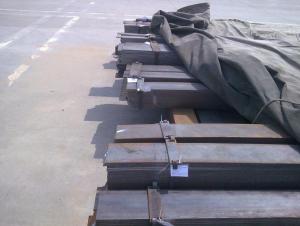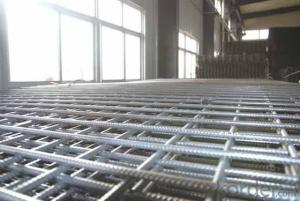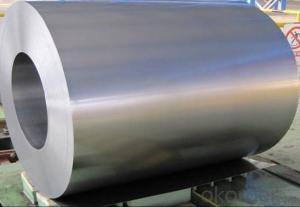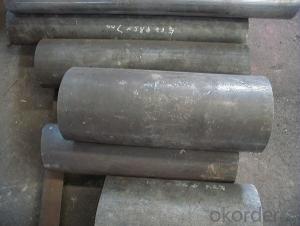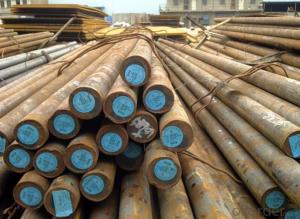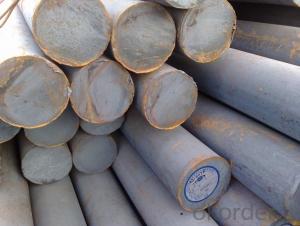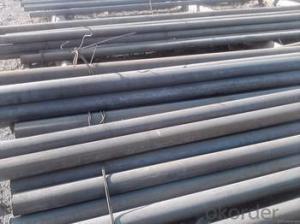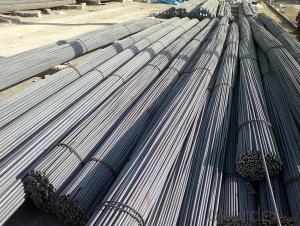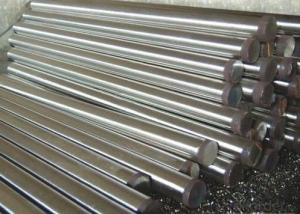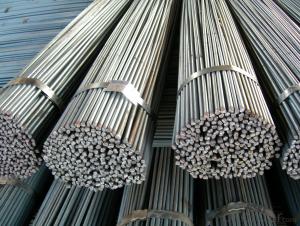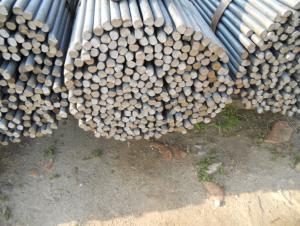Y16 Steel Bar
Y16 Steel Bar Related Searches
H S Code For Stainless Steel Surface Grinding Wheels For Hardened Steel Hole Saw For Stainless Steel Step Bit For Stainless Steel Transformers For Lights In Ceiling Led Lamps For Ceiling Stainless Steel Box With Lid Stainless Steel Bucket With Lid Ceiling Plate For Hanging Light Decorative Lights For CeilingHot Searches
Steel Mesh Panels For Sale Type Of Inverter For Solar Price Of Shipping Containers For Sale Types Of Inverter For Solar Aluminum Bar Stock For Sale Bags Of Cement For Sale Types Of Temporary Side Panels For Cement Deck Cost Of Awnings For Decks Type Of Scaffolding With Pdf Price Of Scrap Stainless Steel Price Of Stainless Steel Scrap Price Of Stainless Steel Galvanized Steel Scrap Price Type Of Stainless Steel Types Of Stainless Steel Grades Types Of Stainless Steel Aluminum Corp Of China Stock Types Of Scaffolding In Construction Pdf Stainless Steel Factory Stainless Steel TypeY16 Steel Bar Supplier & Manufacturer from China
Okorder.com is a professional Y16 Steel Bar supplier & manufacturer, offers integrated one-stop services including real-time quoting and online cargo tracking. We are funded by CNBM Group, a Fortune 500 enterprise and the largest Y16 Steel Bar firm in China.Hot Products
FAQ
- When comparing steel round bars to brass or copper bars, several key differences can be observed. Firstly, steel bars are renowned for their superior strength and durability. They possess a high tensile strength and can withstand heavy loads and impacts, making them ideal for applications that require robustness and toughness. Conversely, brass and copper bars are relatively softer and less rigid, making them more suitable for applications that prioritize malleability and electrical conductivity. Another noteworthy distinction lies in their resistance to corrosion. While brass and copper bars are highly regarded for their excellent corrosion resistance, steel bars, particularly carbon steel, are more susceptible to rusting. However, stainless steel round bars exhibit high resistance to corrosion due to the presence of chromium, making them a suitable alternative to brass or copper bars in environments where corrosion is a concern. In terms of cost, steel round bars are generally more economical compared to brass or copper bars. This is mainly due to the greater availability and lower production costs associated with steel. Brass and copper, being non-ferrous metals, are less abundant and require more complex extraction and refining processes, resulting in relatively higher costs. Moreover, steel round bars offer a wide range of mechanical properties, such as different grades and compositions, enabling customization based on specific application requirements. Conversely, brass and copper bars have more limited options in terms of strength and hardness variations. Overall, the choice between steel, brass, or copper round bars depends on the specific application and desired properties. Steel bars are preferred for their strength, durability, and cost-effectiveness, while brass or copper bars are favored for their malleability, electrical conductivity, and corrosion resistance.
- Bridges can be made using steel round bars, as they possess high strength and durability, making them a popular choice in bridge construction. Reinforcing bars, also known as round bars or rebars, are frequently employed to strengthen concrete structures such as bridge decks and piers. These bars enhance tensile strength and promote an even distribution of loads, thereby increasing the bridge's resistance to bending or twisting forces. Furthermore, round bars serve as structural components in cable-stayed or suspension bridges, providing support and reinforcement to the main load-bearing cables. In conclusion, steel round bars are a versatile and dependable option for bridge construction, as they offer the necessary strength and stability to withstand the heavy loads and harsh environmental conditions experienced by bridges.
- Tool-making applications can benefit from the use of steel round bars. These bars possess numerous advantages that render them well-suited for tool-making purposes. Firstly, steel's exceptional strength and durability enable tools crafted from steel round bars to endure heavy usage and resist wear and tear. Moreover, steel boasts a high level of hardness, a critical characteristic for tools employed in cutting, drilling, or shaping materials. Furthermore, steel round bars can be effortlessly machined and molded into various tool designs, offering versatility and customization options. Additionally, steel exhibits commendable heat resistance and can withstand high temperatures, making it a suitable choice for tools utilized in demanding fields such as metalworking or construction. Overall, steel round bars remain a favored selection in tool-making due to their robustness, longevity, adaptability, and ability to meet the specific requirements of diverse tool applications.
- The maximum titanium content allowed for steel round bars typically depends on the specific steel grade and composition. However, as a general guideline, the maximum titanium content in steel round bars is usually around 0.05-0.06%.
- There are several different surface finishes available for stainless steel round bars, including bright annealed, mill finish, brushed, polished, and satin. Each finish offers a distinct appearance and level of smoothness, allowing for various aesthetic and functional preferences.
- What is galvanized round bar?
- Galvanized round bar generally refers to the wiring used for lightning protection in construction and installation. It is made of ordinary round steel (usually 8mm to 12mm diameter) and protected by electro galvanized protection layer. Galvanizing, differentiation, plating and electroplating, cold galvanizing and hot galvanizing etc..
- What are the main differences between wrought round steel, hot rolled round steel and cold drawn round steel? Where are they used separately?
- The main differences are in mechanical properties. I don't know very well how to make round steel, I can't compare it. Forged round steel is expected to be used in the processing of some special performance requirements.
- Yes, steel round bars can be used in the manufacturing of office furniture. They can be utilized for creating sturdy frames, legs, or supports for various office furniture pieces such as desks, chairs, shelves, and cabinets. The steel's durability and strength make it an ideal material choice for office furniture that needs to withstand heavy use and provide long-lasting stability.

















